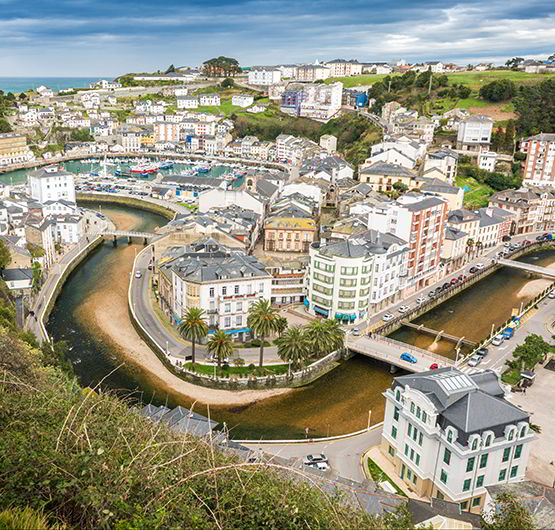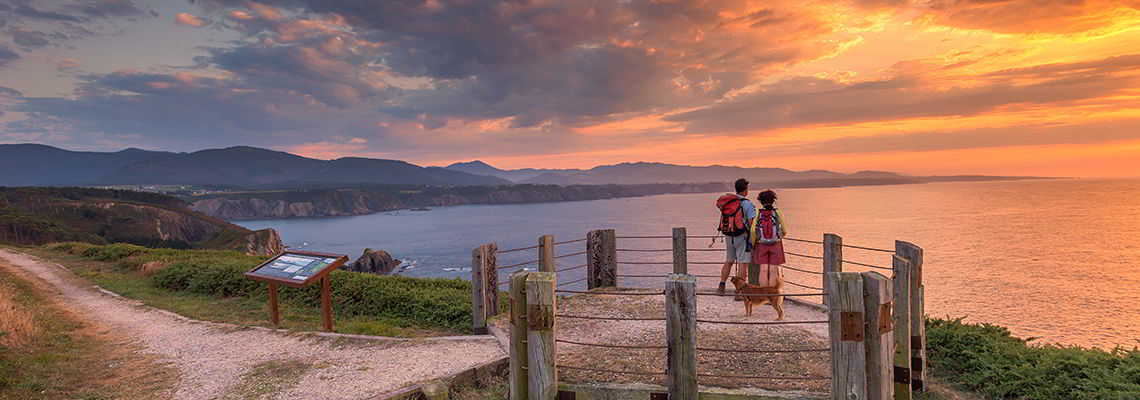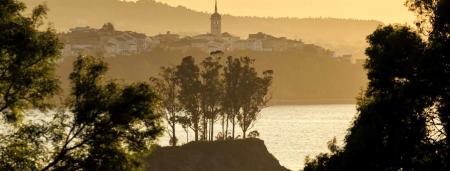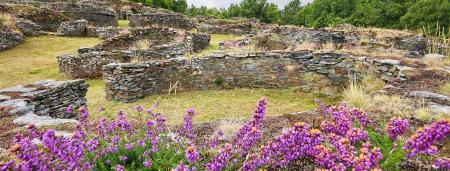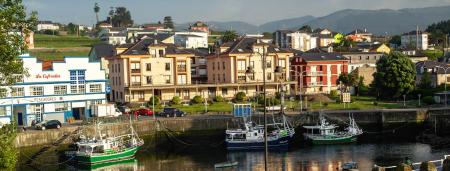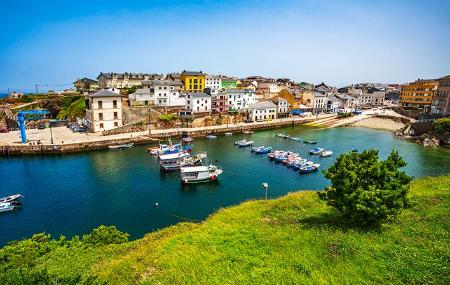We leave the border with Galicia, which has the natural perimeter of the Eo estuary, Biosphere Reserve. From Figueras you will enjoy a picture-perfect view: the beauty of the coast, the arrival and departure of the fishing, merchandise and recreational vessels, the protected species of flora and fauna, the oyster farms, the bridge over the water to connect Asturias with the neighbouring autonomous community, and one of the most prestigious dockyards where, pushed by the rising tide, boats are launched to sail the seas.
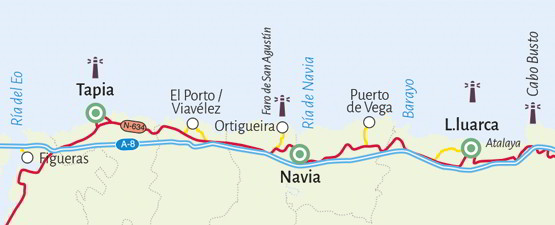
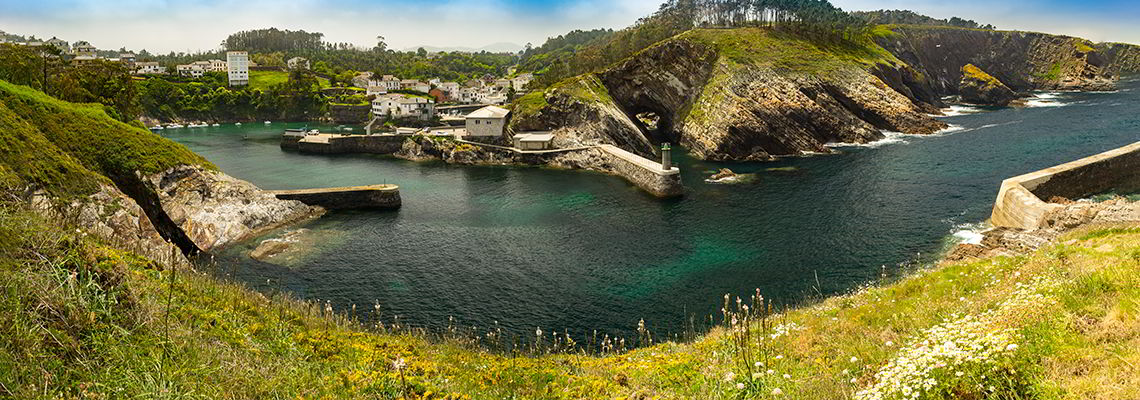
The first stop on this route is Tapia, a town with a tradition of whaling, far-out in the Cantabrian sea, where sailors approach the land by the light of the lighthouse. It is located on an island that can be accessed by walking from the port and crossing a one hundred-metre-long jetty. Inaugurated in 1859, this lighthouse underwent two extensions, in 1922 and 1962, until it was composed of a square body with the watchtower attached to the north face of the building. From up high, we will enjoy a spectacular view of the whole coastline, all the way to Galicia. Very close to here is the Percebosa, considered by locals as one of the best rocks for catching barnacles.
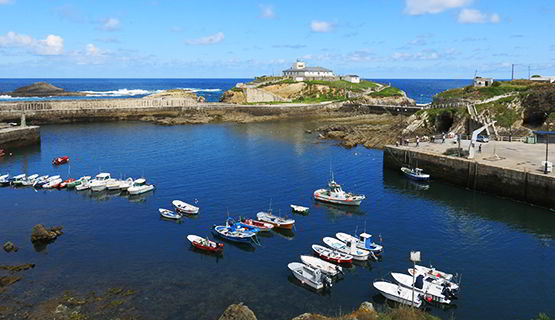
A few kilometres away, (if we drive along the coast, we can enjoy towns such as El Porto/Viavélez; another option is to go directly via the motorway) we arrive at the San Agustín lighthouse, in Ortigueira, on the Western bank of the Navia estuary, which also has spaces intended for naval shipbuilding. Erected in 1973, this lighthouse is located in a landscaped environment beside the San Agustín chapel and it stands out due to its eighty-two-metre-high cylindrical silhouette and its characteristic horizontal black and white stripes. It is an ideal place for photography lovers.

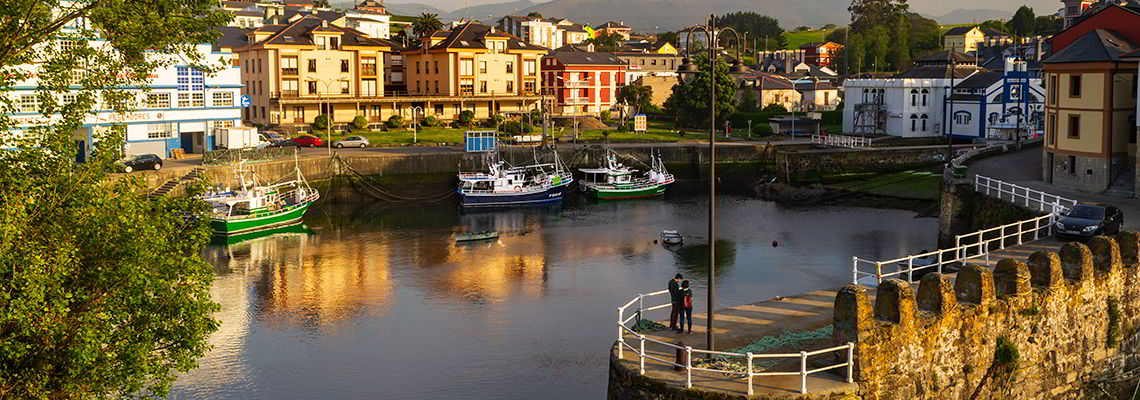
Time permitting, it is worth making a stop in the town of Puerto de Vega, declared an Exemplary Town of Asturias in 1995, to enjoy its beauty and taste its fish and seafood. On the way is the Barayo Partial Natural Reserve, an area with cliffs, dunes and plateaus with botanical species of enormous interest. In L.luarca, it is worth your while to sit at the table of one of the restaurants at the port. After this rest to recharge our batteries, we continue the tour on foot from the pier of the White Town on the Green Coast to the watchtower. At three hundred metres from the centre of the town, this collection is perfectly integrated with the cemetery and the remains of the defensive wall built in the 16th century to protect against French and English attacks. This lighthouse has a house inside it, and the tower is on the Western face. We will hear its siren on a radio from ten miles away.
At this point, we advance in parallel to an area of special interest and great natural value, due to the Protected Landscape of the Western Coast between Valdés and Cudillero. With the afternoon already upon us, the last stop of the day is Busto cape, surrounded by vertical cliffs and beautiful beaches and coves. If the daylight hours allow it, we will be able to enjoy a perfect end to the day: the sun hiding itself in the Cantabrian sea. Here, at this lighthouse built in 1858, this first route ends.
